Health E-Learning
E-learning is an excellent way to learn about health and health care.
It can be used to teach children about health and health care, as well as to
adults who want to learn more about health.
E-learning can be used to teach health care professionals about different aspects of health care, and it can also be used by patients to learn more about their health.

Important Features Overview
Managers & Supervisors
Choose trusted LMS users to perform manager and supervisor duties within your account. Assign their permissions as needed for group managers, which allows them to enroll, manage course catalogs, and report on learners or as course managers giving them the ability to manage training content and report on enrollments.
If you need more flexibility, you can provide a user supervisor access to a specific group of
Quizzes & Exams
As part of any functional training program, your organization needs to prove the training has improved your learner’s knowledge. Within Hawatech Solutions, quizzes or exams are customizable, can be proctored, can include media assets, and allow you to analyze for effectiveness.
Control your online exams with the details you need like setting a limited availability for an exam period based on a date range.
Knowledge Bases
Establish a central location for all of your training resources directly inside your LMS! Our knowledge bases allow you to upload popular file types or organize information in wikistyle articles. Then, take control with flexible permissions by folder and using your account configuration settings.
Are your resources gaining traction? Our knowledge base report reveals each file’s view and download rate to gauge adoption.
Reporting & Analytics
At-a-glance charts and graphs will allow you to analyze operational data that helps your organization work towards performance targets and achieve business goals. Use flexible filtering data grids, reusable custom reports, and extendable business intelligence metrics to make data-driven decisions.
With any of our LMS data insights, you can go deeper and drill down to the employee, department, team, group, or organization level to see how your employees interact with their training.
Social Learning
Embrace the power of social learning by letting your employees interact with each other, training managers and instructors directly. Share topics and links, and deliver or gather feedback.
Encourage further peer-to-peer learning by allowing individuals to subscribe and be notified whenever information is posted.
Create a friendly competition with incentives to boost employee participation while working and learning together.










